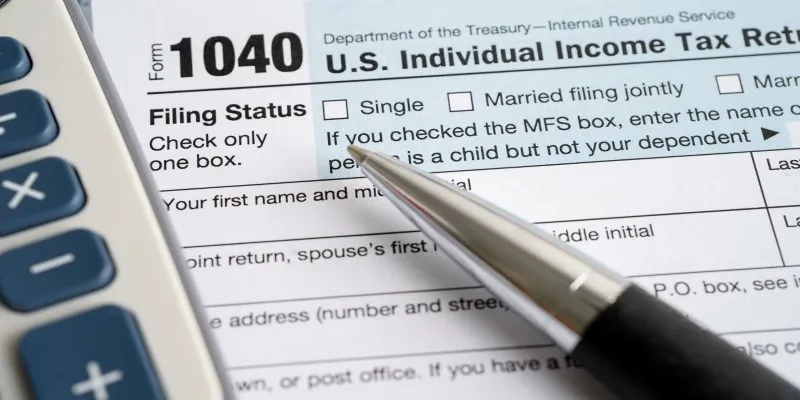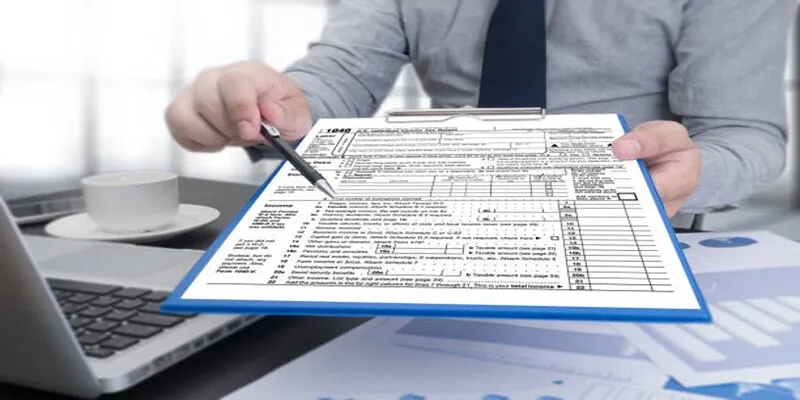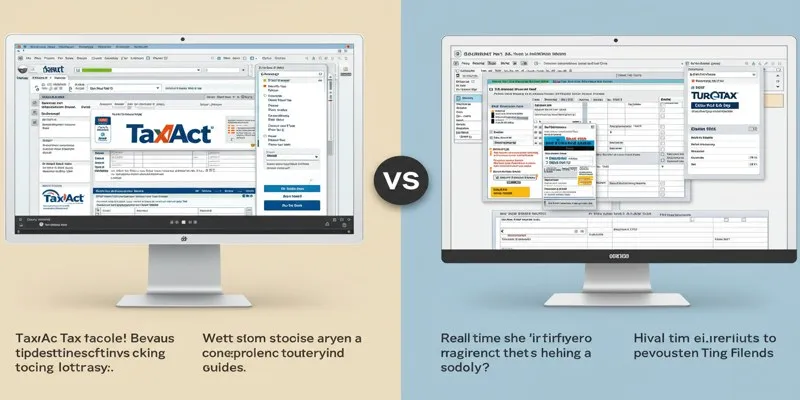What Is a W-2 Form? A Complete Guide for 2024
When it comes to taxes, there’s a lot of paperwork that can be quite confusing. One essential document in this process is the W-2 form, which is crucial for employees during tax filing. Employers use this document to provide essential information about an employee’s income and taxes paid over the year. Understanding the W-2 form is vital for ensuring that your tax return is accurate and complete.

Simply put, a W-2 form informs employees of how much they were paid and how much tax was withheld from their paychecks. If you’ve worked for an employer, you’ve likely encountered this form. Whether you’re filing taxes for the first time or just looking to refresh your knowledge, this guide covers everything you need to know about the W-2 form for 2024.
What Is a W-2 Form?
The Wage and Tax Statement, commonly known as a W-2 form, is a mandatory document that employers must provide to each employee by January 31st each year. It outlines the employee’s annual earnings and details the various tax deductions taken from those earnings. The W-2 form includes several boxes containing vital financial information related to federal income tax, Social Security tax, Medicare tax, and state income tax, if applicable.

The W-2 form includes several sections detailing your total income, the amount of federal and state tax withheld, and contributions to Social Security and Medicare. This form is critical for filing taxes with the IRS, making it essential to ensure that all information is accurate.
Key Information on a W-2 Form
The W-2 form contains a variety of important data points, and understanding each one will help you better navigate the tax season. Here are the key sections you’ll find on a typical W-2:
Box 1: Wages, Tips, and Other Compensation
This box displays your total taxable income for the year, including salary, wages, bonuses, commissions, and other compensation from your employer.
Box 2: Federal Income Tax Withheld
This box shows the total federal income tax withheld by your employer throughout the year, determined by your filing status and exemptions claimed on your W-4 form.
Box 3: Social Security Wages
This section lists your earnings subject to Social Security taxes, which is capped at a certain threshold each year. In 2024, this limit is set at $160,200.
Box 4: Social Security Tax Withheld
This box indicates the amount of Social Security tax withheld from your earnings.
Box 5: Medicare Wages and Tips
This figure represents your total earnings subject to Medicare taxes, which, unlike Social Security taxes, do not have a wage cap.
Box 6: Medicare Tax Withheld
This box shows the amount of Medicare tax that was withheld from your paycheck.
State and Local Information
If your state has income tax, Boxes 16 and 17 will display your state wages and the amount of state income tax withheld, respectively.
The W-2 form may also include other information, such as retirement plan contributions, dependent care benefits, and other deductions, depending on your situation.
How the W-2 Form Affects Your Tax Filing?
The W-2 form plays a significant role in your tax filing process. When preparing your tax return, you’ll use the information from your W-2 to complete forms such as the 1040. The details on your W-2 determine your taxable income and the total tax you’ve already paid via payroll deductions.

For instance, if your W-2 indicates that more tax was withheld than you owe, you might be eligible for a refund. Conversely, if insufficient tax was withheld, you may owe additional money when filing your return.
One of the primary benefits of the W-2 form is that it ensures you are not overpaying or underpaying your taxes. It serves as an accurate record of your earnings and taxes paid, which is crucial for getting your tax return right.
What To Do if Your W-2 Is Incorrect?
It’s essential to carefully review your W-2 upon receipt. If you notice discrepancies, such as incorrect wages, tax withholdings, or personal information, take immediate action to correct them.
Contact your employer or payroll department promptly if there are errors. They should provide a corrected W-2, known as a W-2c (Corrected Wage and Tax Statement), which reflects the correct information for filing your taxes.
If your employer does not resolve the issue, you can contact the IRS for assistance. However, it’s best to address these issues directly with your employer before reaching out to the IRS.
Conclusion
The W-2 form is a fundamental part of the tax filing process for employees in the U.S. It provides crucial information about your income and taxes withheld, ensuring your tax return is accurate and complete. By understanding the W-2 form and keeping track of your tax documents, you can avoid costly mistakes and ensure you’re paying the correct amount of taxes.











